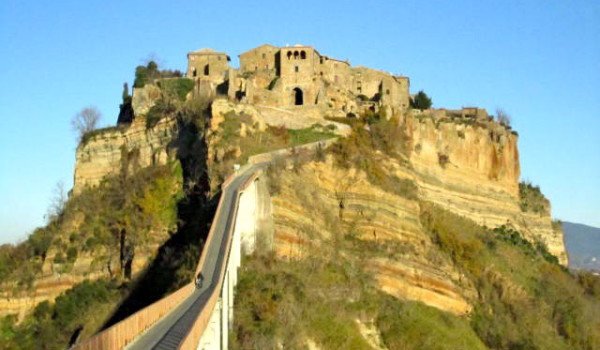
Rick Steves has called Civita di Bagnoregio his favorite of the Italian hill towns, but for the life of me I can’t understand why. Granted, I was there at the totally wrong time of year… The town was empty in the middle of December; there were more cats than people. In fact, in the winter months the town’s population dwindles from a mere 100 or so to a laughable 12, those who move in for the summer months to cater to curious tourists moving out to a more convenient location once the tourist season is over.
For tourism is Civita’s only real trade. It’s relatively unique and quirky, I’ll give it that. All two streets of it. When the Etruscans settled it over 2500 years ago, though, it was much bigger. In fact, Bagnoregio was a “suburb” of sorts to the larger Civita, which was very important center for trade. But then in the 16th century, Bagnoregio began to overtake it’s neighbor and in 1695 the transfer of power was solidified when Civita’s bishop and municipal government fled to Bagnoregio, escaping the destruction of a large earthquake.
Over the next two centuries a combination of seismic activity and good-old-fashioned erosion have caused a series of landslides that has destroyed most of the town, leaving the small bit of it that’s left perched high on top of a plateau of tufa rock, accessible only by a long footbridge from Bagnoregio.
Which is something I didn’t really know when I took the bus there from Orvieto. I got off at the stop and looked around… there were no signs to this tiny, mystical town, just the quite normal-looking streets of Bagnoregio. Very, very few people were out and about but I finally was able to ask someone where to go. The just pointed to their right and said, “dritto, dritto.” Straight ahead. And so I walked. I walked, following the road, until the town disappeared on either side of me and there was only the road, a stone wall and trees.
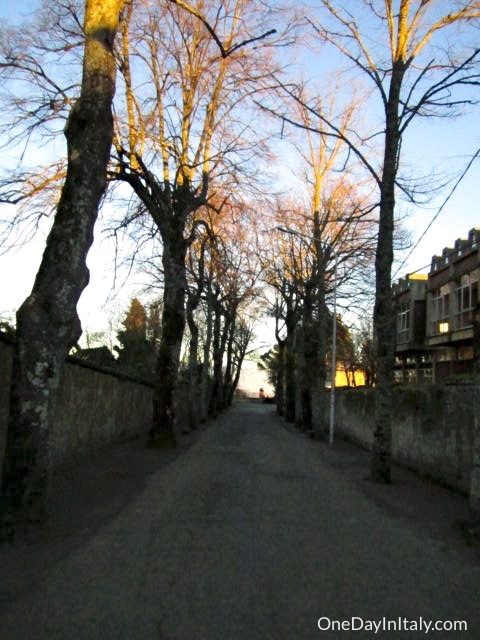
At the end of the road I came to a courtyard that overlooked ancient Civita and, after looking around for a few minutes, found a series of staircases leading down. Down, I thought. Not such a good sign… When one goes down, one has to climb back up.
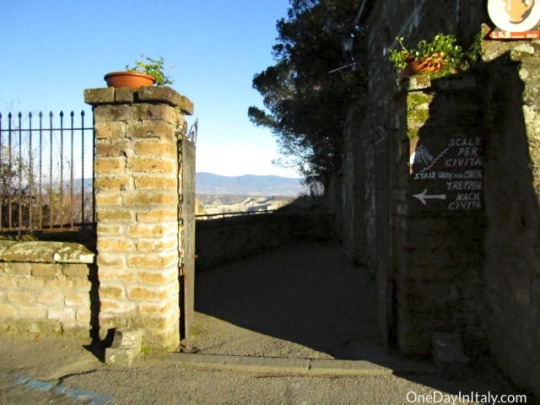
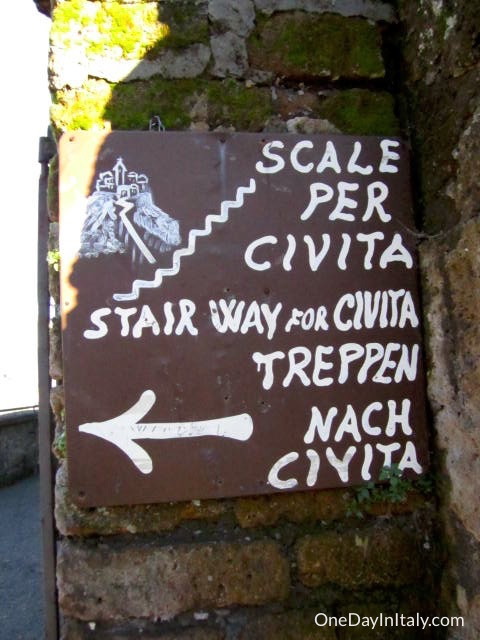
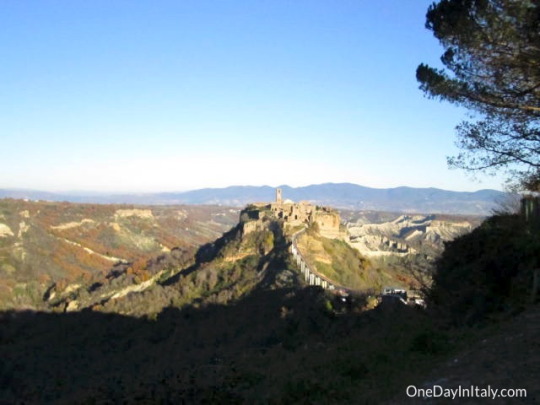
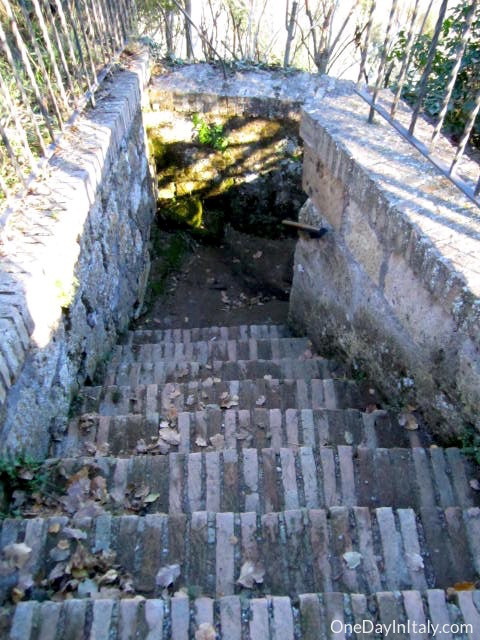
Once I made it all the way down, though, I realized that the footbridge had a gradual upward slope; no serious climbing necessary. There’s a “toll” to cross the footbridge, which I paid and then started on my way up to what the Italians call “la paese che muore”, the dying city.
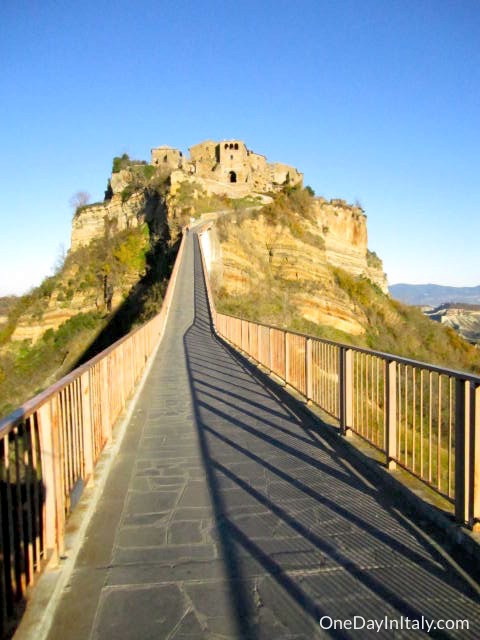

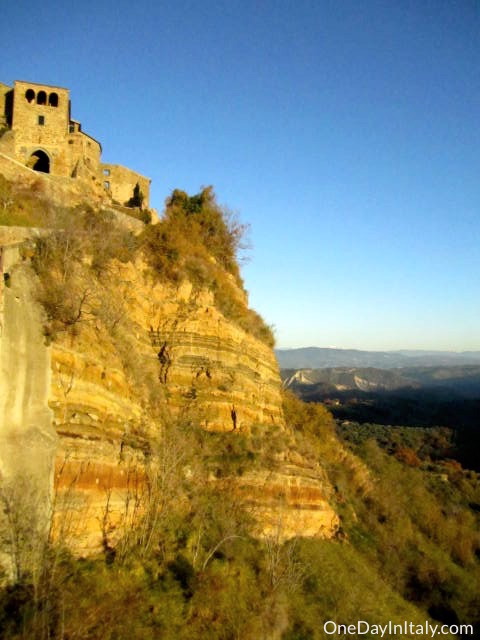
When I walked through the 12th century Romanesque arch at the end of the footbridge, I certainly felt like I was in a ghost town. There were two small shops open selling the generic touristy knick-knacks and one restaurant (or at least, I *think* it was open… a saw a group of Japanese tourists coming out of a doorway nearby). Other than that, it was just me and the cats.
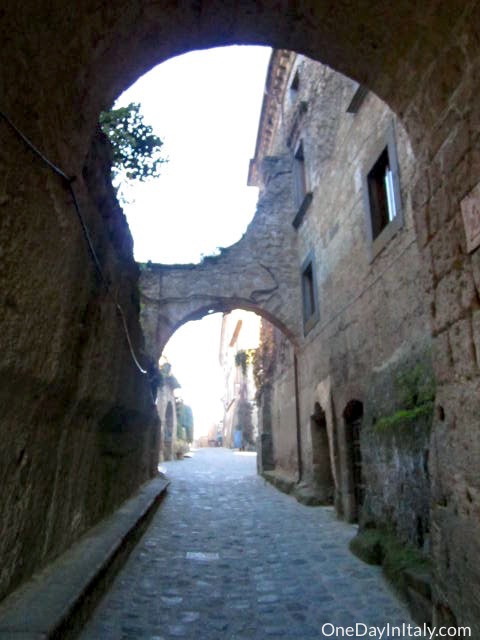
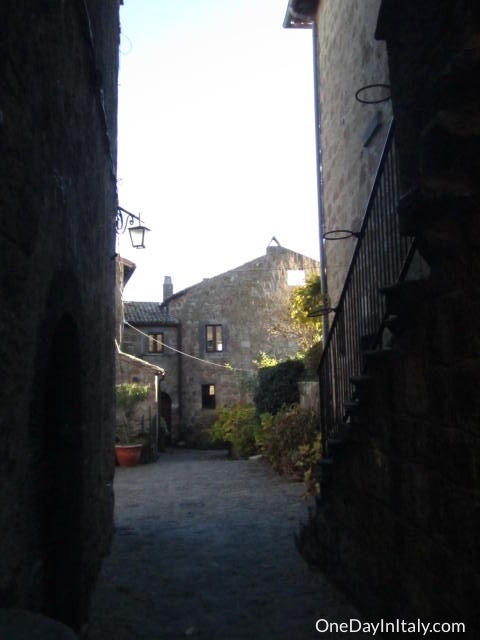
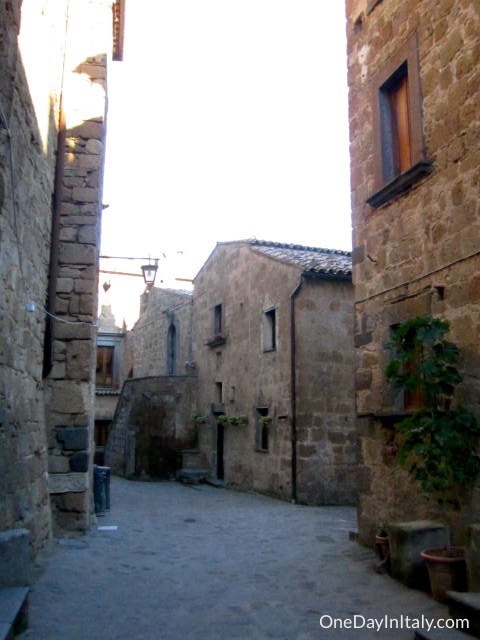
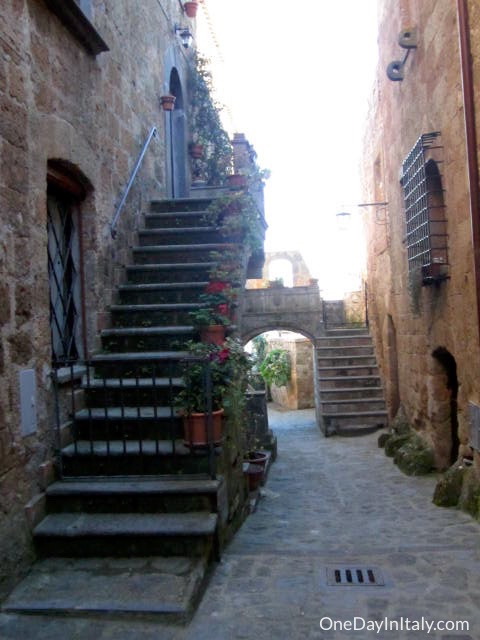
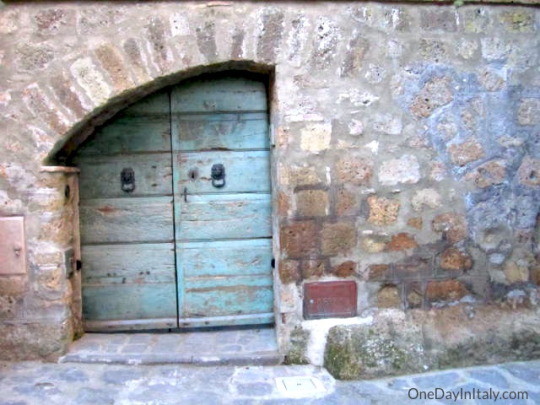
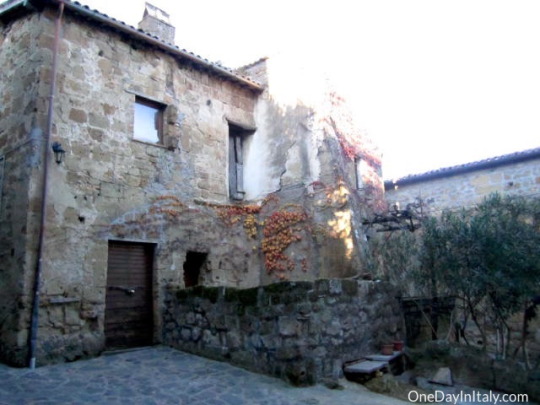
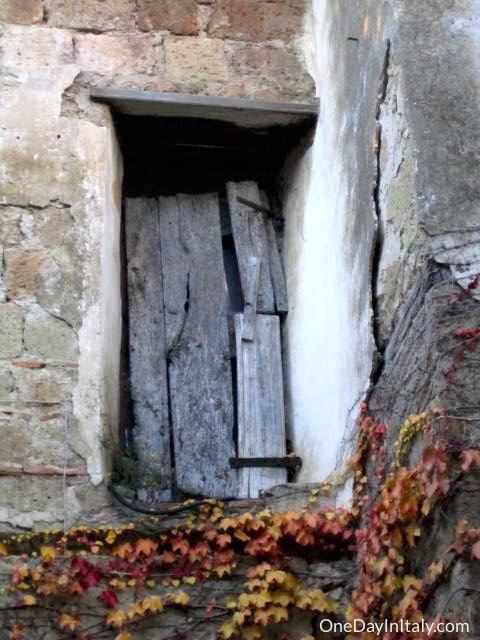
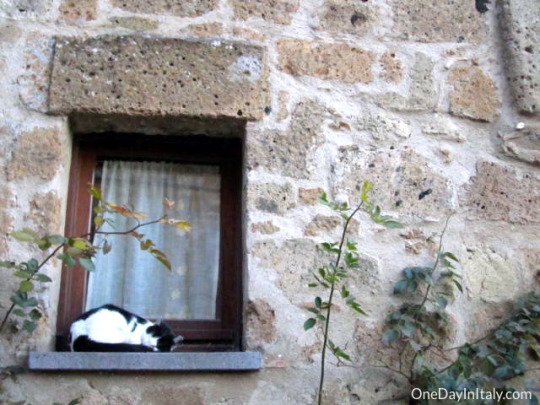
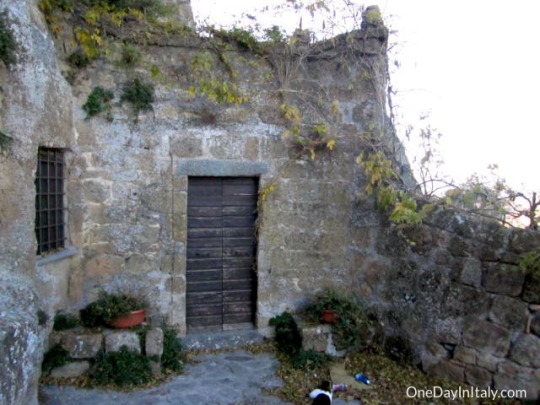
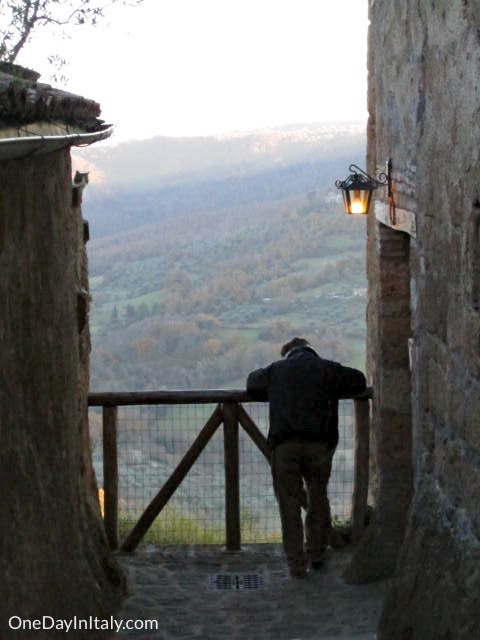
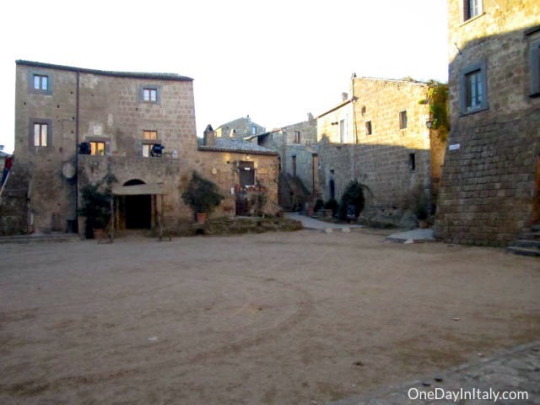
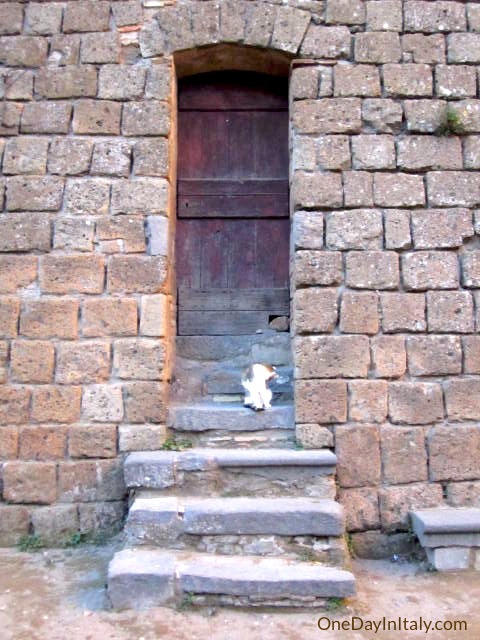
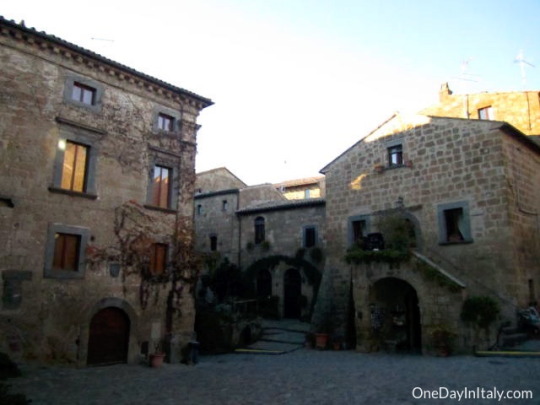
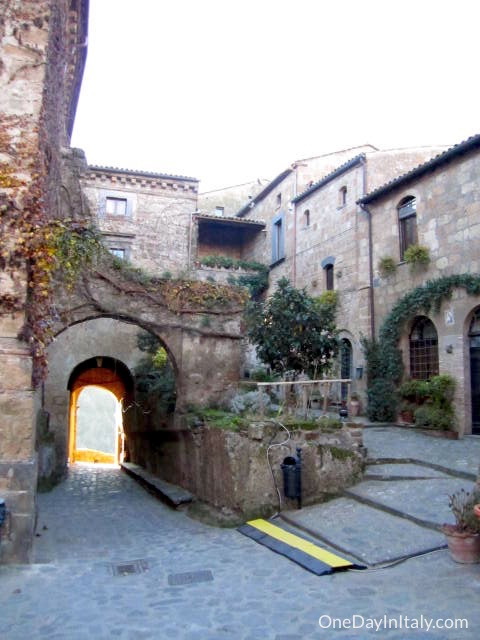
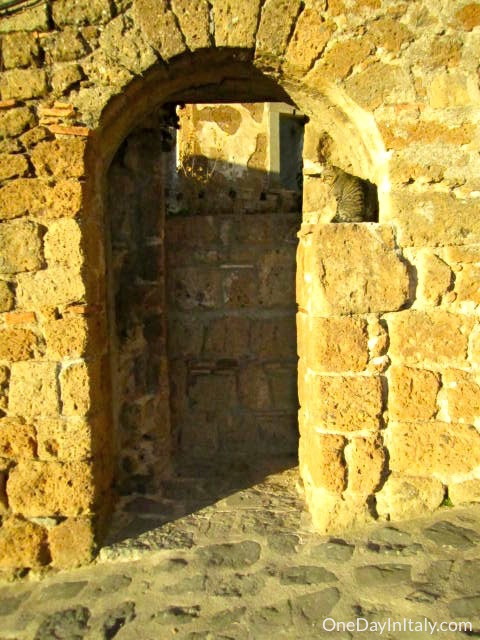
The small stone buildings still hanging onto the edge of the cliff, the cobblestoned streets and packed dirt piazza were all lovely, reminiscent of another time. The lack of cars enhances that effect, as it does in Venice. But also as in Venice, you get a feeling a bit like you’re in a tourist attraction rather than a city… more-so here, though, where only 12 people can keep the entire “city” running through the winter months. Hopefully I’ll be able to come back one day when the city is actually “alive”; maybe then I’d be able to feel some of the same charm that Rick Steves describes with such nostalgia.
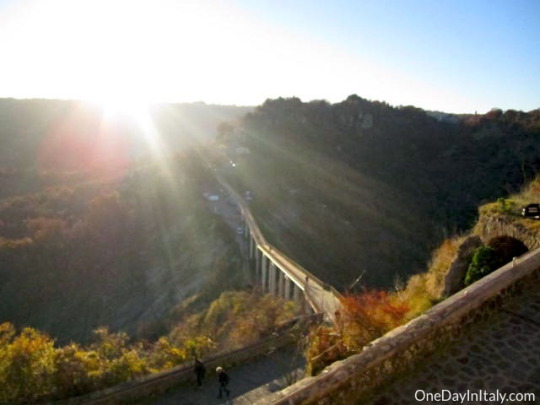
This little guy was waiting for me back across the footbridge, at the entrance to the staircase that leads back up to Bagnoregio. A local woman passing by with groceries said that he waits there all day, just waiting for the attentions of whomever is willing to stop and pet him.
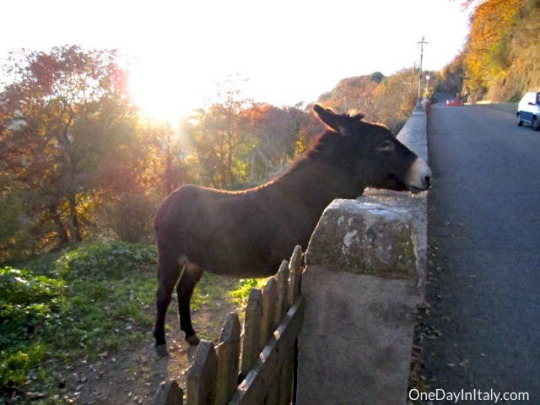
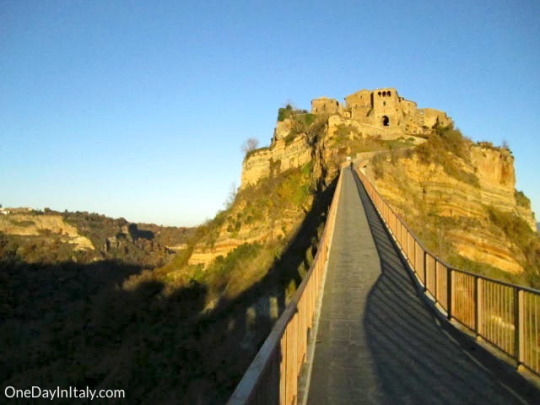
Comments
comments










Leave a Reply